The Spiciest Secret in Your Kitchen: Mastering the Tandoori Chicken Rub
When it comes to spices that can transport your taste buds straight to the bustling streets of India, few are as iconic—or as flavorful—as the tandoori chicken rub. Whether you're a spice connoisseur or a curious home cook, mastering this rub is like unlocking a culinary superpower.
Table of Contents
- A Blast from the Past: The Origins of Tandoori Chicken
- Breaking Down the Rub: What Goes Into a Classic Tandoori Chicken Rub?
- Pro Tips for Perfecting Your Tandoori Chicken Rub
- Global Twists: How Different Cultures Have Reimagined This Iconic Spice Mix
- The Science of Flavor: Why Tandoori Rub Works So Well
- Visual Spice Comparison: Traditional vs. Fusion Tandoori Rubs
- Step-by-Step Guide to Making Tandoori Chicken at Home
- Storage & Shelf Life: Keeping Your Rub Fresh
- Conclusion
A Blast from the Past: The Origins of Tandoori Chicken
Tandoori chicken has roots deep in the Indian subcontinent. Originally cooked in a clay oven called a tandoor, this dish dates back to the Mughal era and was a favorite among royalty. The vibrant red color and intense flavor made it stand out—not just visually, but gastronomically too.
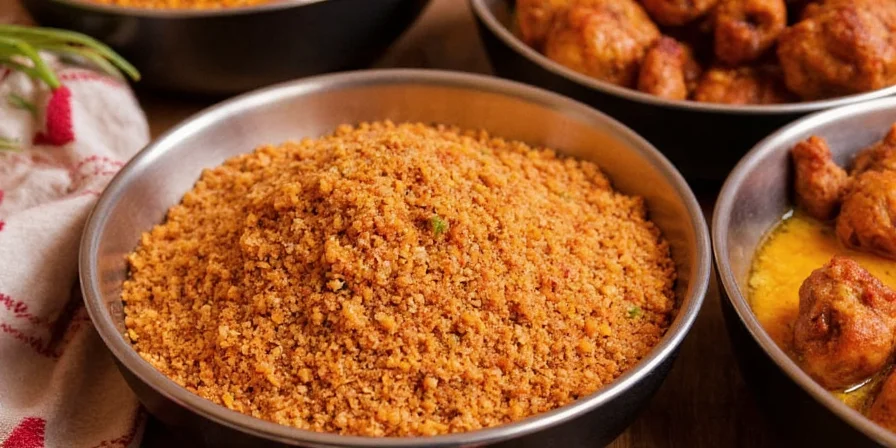
But what truly gave it its signature kick? You guessed it—the tandoori chicken rub.
Breaking Down the Rub: What Goes Into a Classic Tandoori Chicken Rub?
The magic lies in the balance of spices. Here’s a breakdown of the essential components:
- Cayenne Pepper: For heat.
- Paprika: Adds color and mild sweetness.
- Coriander Powder: Earthy, citrusy notes.
- Cumin: Smoky warmth.
- Garam Masala: Complex depth.
- Turmeric: Color boost and subtle bitterness.
- Garlic & Ginger Paste: Fresh bite and pungency.
- Lemon Juice: Acidity to tenderize and brighten.
- Yogurt: Creaminess and marinade base.
- Salt & Sugar: Balance the flavors and enhance overall seasoning.
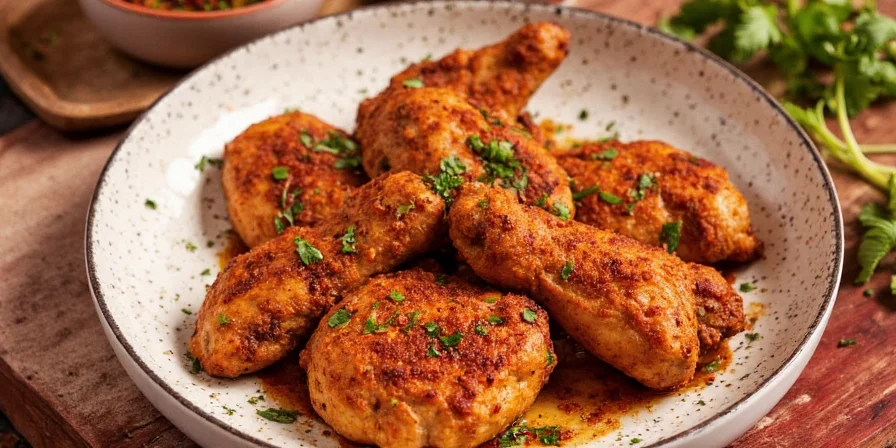
Spice Spotlight: Garam Masala
Garam masala is a blend of ground spices that varies by region. In most tandoori rub recipes, it brings warmth and complexity, often containing cloves, cardamom, cinnamon, and black pepper.
Pro Tips for Perfecting Your Tandoori Chicken Rub
You’ve got the ingredients—but how do you turn them into something extraordinary? Here are some tips from the pros:
- Fresh is Best: Use freshly ground spices for maximum potency. Old spices lose their punch.
- Marination Time: At least 4–6 hours, preferably overnight. The longer it sits, the more the flavors meld.
- Balance is Key: If it’s too spicy, add more yogurt or paprika. Too bland? Up the garam masala or cumin.
- Don’t Skimp on Citrus: A squeeze of lemon or lime before serving makes all the difference.
- Use Room Temperature Yogurt: Cold yogurt can seize up when heated, leading to uneven texture.
- Smoking Trick: Add a pinch of smoky paprika or even char a piece of charcoal inside the oven for that authentic tandoor aroma.
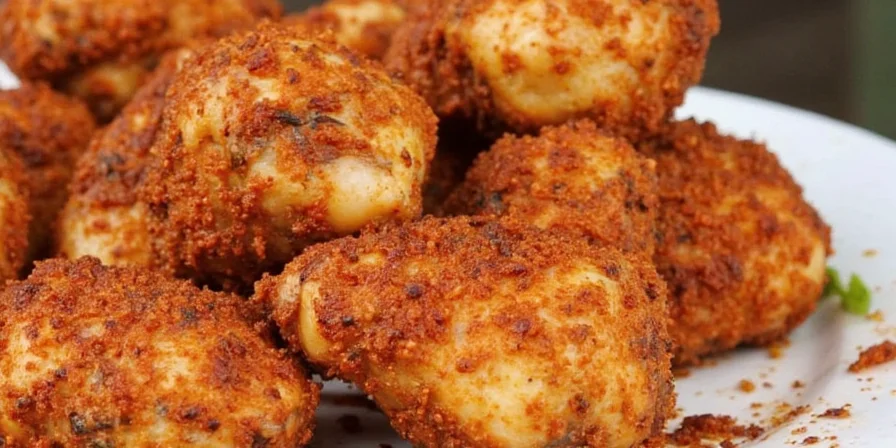
Global Twists: How Different Cultures Have Reimagined This Iconic Spice Mix
As spices have traveled across continents, so has the tandoori chicken rub. Here’s how different regions have put their spin on it:
| Region | Unique Ingredient Twist | Resulting Flavor Profile |
|---|---|---|
| Middle East | Za'atar + sumac | Tangy, herbal |
| Caribbean | Jerk seasoning + habanero | Fiery, tropical fruit undertones |
| South America | Aji amarillo + smoked chili powder | Bright, fruity, and smoky |
| North America | BBQ rub fusion (chipotle + brown sugar) | Sweet, smoky, and bold |
The Science of Flavor: Why Tandoori Rub Works So Well
Let’s geek out for a second—why does the tandoori chicken rub hit so many flavor notes at once?
- Maillard Reaction: High heat creates that golden crust through browning proteins and sugars.
- Umami Boosters: Garlic, ginger, and fermented dairy (yogurt) add layers of savory goodness.
- Fat Solubility: Spices like cumin and coriander dissolve better in fat, so yogurt helps carry those flavors deeper into the meat.
- Acidic Marinade: Lemon juice not only adds brightness but also breaks down muscle fibers, making the chicken juicier.
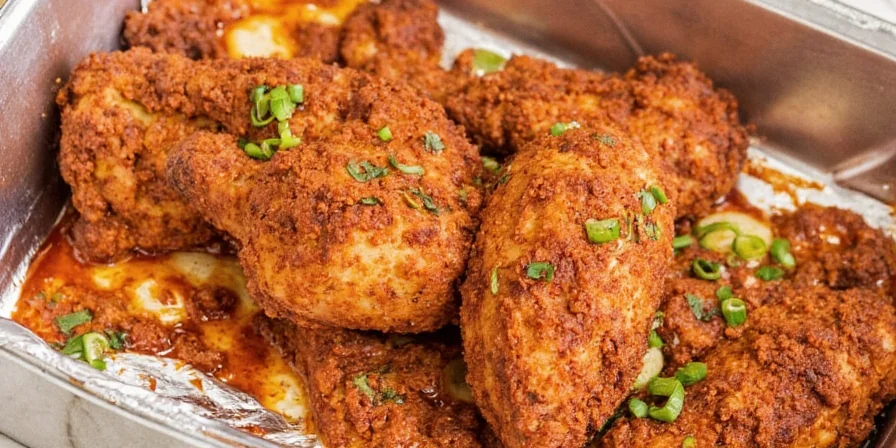
Visual Spice Comparison: Traditional vs. Fusion Tandoori Rubs
Take a look at how traditional and modern tandoori rubs stack up in terms of ingredients and intensity:
| Category | Traditional Rub | Fusion Rub (e.g., Caribbean style) |
|---|---|---|
| Heat Level | Moderate to high | High to extreme |
| Main Color | Red-orange | Bright orange-red |
| Kick of Citrus | Lemon | Lime + pineapple juice |
| Texture | Thick paste | Smooth liquid-marinated |
| Signature Herb | Cilantro | Cumin + thyme |
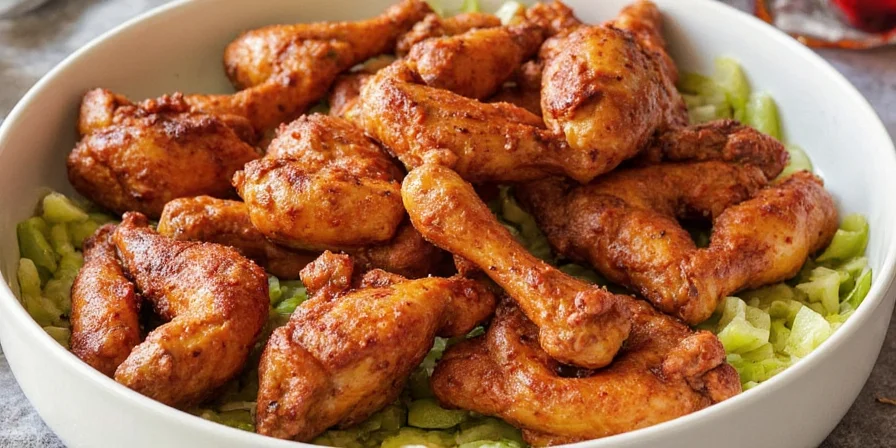
Step-by-Step Guide to Making Tandoori Chicken at Home
Ready to get your hands messy? Here’s a simple recipe to follow:
- Ingredients:
- Chicken thighs or drumsticks (bone-in preferred)
- 1/4 cup plain yogurt
- 1 tbsp lemon juice
- 1 tsp paprika
- 1 tsp cayenne pepper
- 1 tsp coriander powder
- 1/2 tsp cumin
- 1/2 tsp turmeric
- 1/2 tsp garam masala
- 1 clove garlic, minced
- 1-inch ginger, grated
- Salt & sugar to taste
- Mix the Rub: Combine all dry spices in a bowl. Add yogurt, lemon juice, garlic, and ginger. Stir until smooth.
- Marinate: Coat chicken pieces thoroughly and refrigerate for 4–8 hours.
- Preheat: Preheat oven to 400°F (200°C). Place chicken on a wire rack over a baking sheet.
- Bake: Bake for 25–30 minutes, flipping halfway through.
- Optional Char: Finish under the broiler for a few minutes for extra char and crispiness.
- Garnish: Cilantro, lime wedges, and a side of mint chutney elevate the dish.
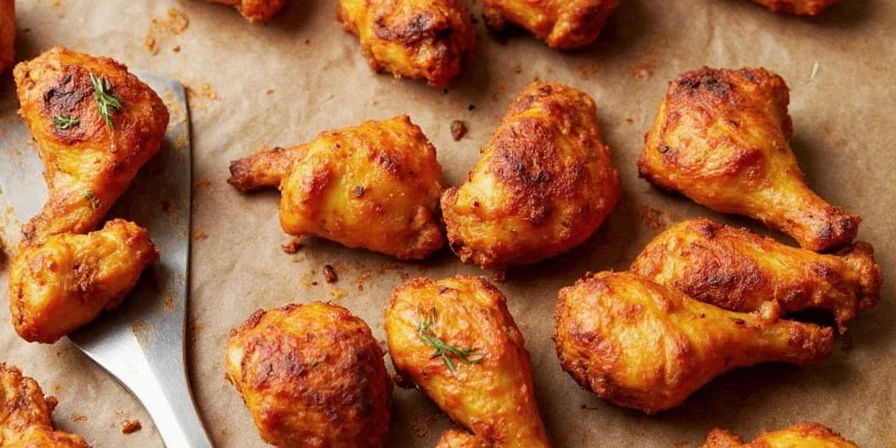
Storage & Shelf Life: Keeping Your Rub Fresh
If you’re prepping the dry rub ahead of time, store it in an airtight container in a cool, dark place. Here’s a quick shelf life guide:
- Whole Spices: Up to 2 years
- Ground Spices: 6–12 months
- Dry Rub Blend: 3–6 months
- Wet Rub (with yogurt): 1–2 days max in fridge
Conclusion
The tandoori chicken rub is more than just a spice blend—it’s a passport to global flavor adventures. From its royal origins to modern-day kitchen experiments, this rub has stood the test of time and continues to inspire cooks worldwide.
Whether you stick to tradition or go wild with fusions, remember: the heart of any great tandoori chicken lies in the care you take with your rub. So fire up that oven, grab your spices, and let your taste buds travel without ever leaving your kitchen!
Now go make your neighbors jealous of the aroma wafting from your window...
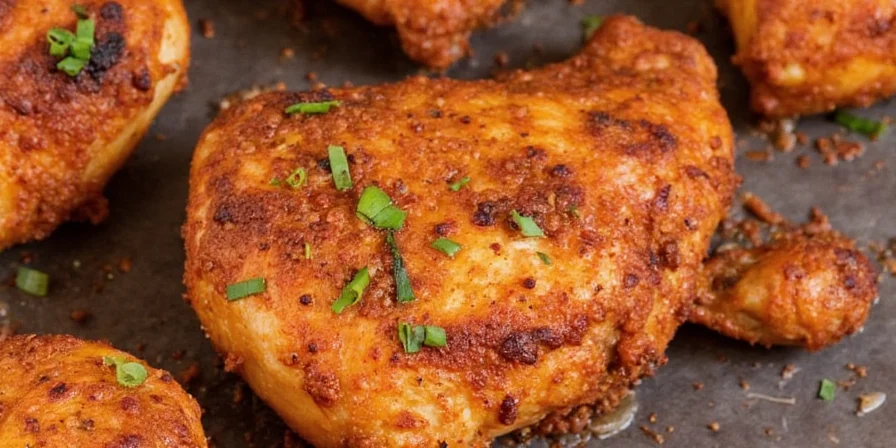

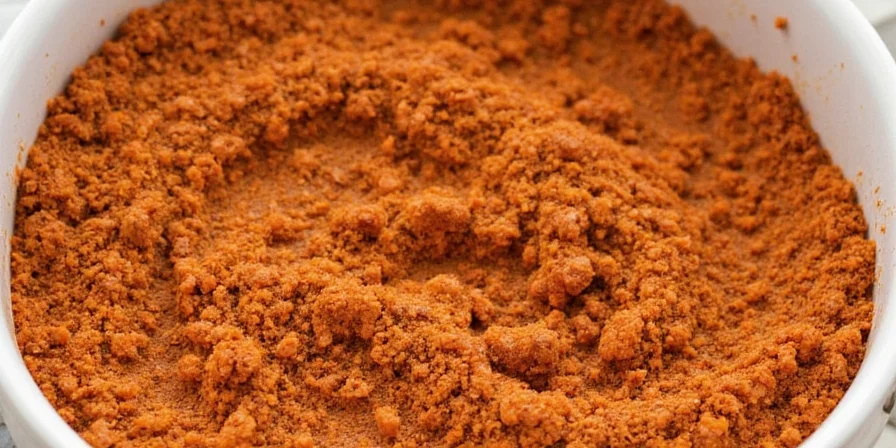









 浙公网安备
33010002000092号
浙公网安备
33010002000092号 浙B2-20120091-4
浙B2-20120091-4